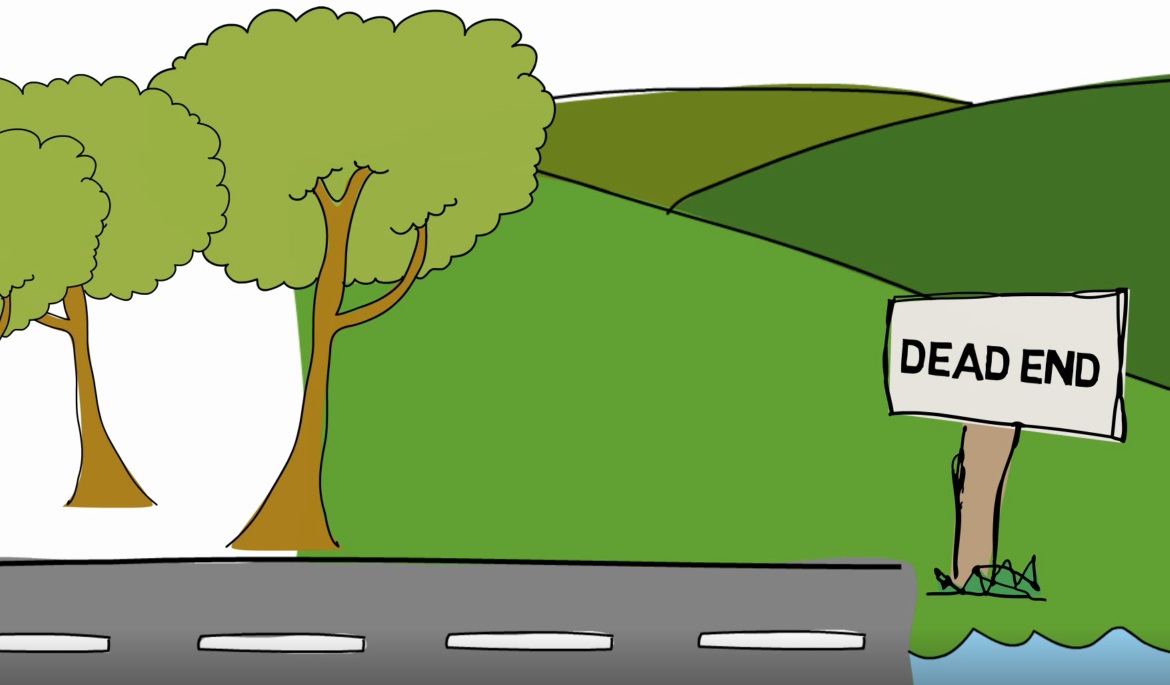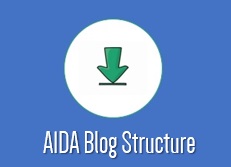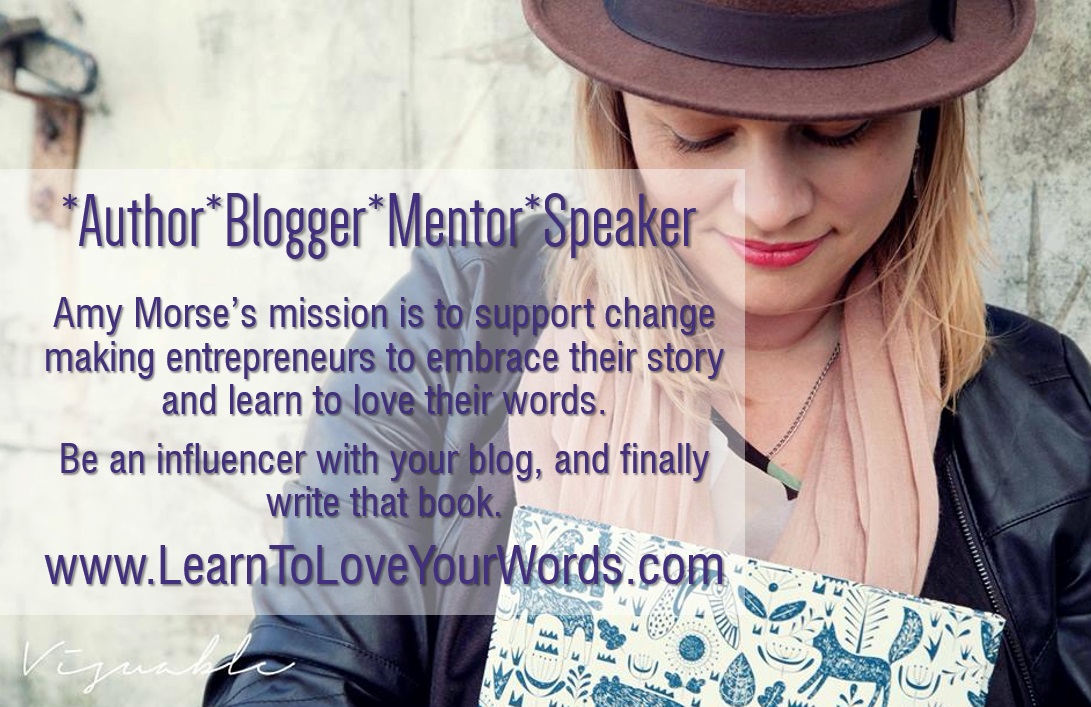Like it or not, we are creatures of habit and routine. To varying degrees, we want structure and order in our lives to thrive.
When you run your own business, orderly systems and processes will keep you on track, allow you to capitalise on opportunities and ultimately help you to achieve your goals.
(Sometimes an orderly business can feel like the Holy Grail, however!)
When it comes to writing blogs, especially when you are new to the process, it can be easier to follow a set formula, a structure that will maximise the value that content adds to your business.

So, how do you structure a blog post?
As an author, I will always advocate a storytelling approach.
With 60% of the blog being narrative and 40% factual.
Let’s break that down into a neat structure…
Who’s AIDA, Anyway?
AIDA is an acronym that means: Awareness, Interest, Desire, Action.
First attributed to American advertising and sales pioneer, E St. Elmo Lewis, in the 19th century, it maps the basic steps prospective customers take to make a purchase. Still used widely today, there are variations of the model, but it remains relevant as a starting point for businesses to convert their messaging into sales.

Beginning
… a very good place to start!
Have a clear beginning, middle and end.
Sprinkle your narrative 60% evenly across the three sections (20% in each segment)
The beginning is where ‘Awareness’ comes in.
Awareness starts with an attention-grabbing headline
You then need to peek their ‘Interest’ by ensuring the blog is laid out in a way that is appealing, easy to consume and readable.
The opening paragraph needs to hook them in. Share an anecdote. Give them something or someone to empathize with. Introduce your central character (i.e. is it you and your experience? Is it them? Is it someone else?)
Middle
Now you’ve got them interested you want them to keep reading. They need to be able to get something of value from the content to have the ‘desire’ to read on.
Is it purely to entertain?
Perhaps it’s educational in some way?
What relevant problem are you tackling, and what solution are you offering?
Break up the writing with plenty of white space.
- Have bullet points, where appropriate…
and subheadings…
…so they can find the information they want quickly and simply.
Make sure it’s well written and proofread, so they are left satisfied, and not put off by the quality (you don’t want to be remembered for the wrong reasons!).
End
They need somewhere to go to next. Don’t lead them into a dead end!

Have a call to ‘action’. This could be a link to the newsletter, an event, a product etc.
It could also include cross links to other blogs for further reading, or to other websites for more information. This not only helps them navigate around your website, therefore ‘browsing your shop’ a little longer, it also helps Google to crawl your content when potential readers type in search terms (SEO: Search Engine Optimization).
With a structure in place to keep your blogs effective and consistent, at least you can confidently take one step closer to that Holy Grail of an orderly business!
Happy Blogging, with #AmyQuenOfBlogs…
For a detailed breakdown to use as a checklist for your own blogs, download the ‘AIDA Blog Structure Template’ HERE:

For instant updates when I publish a new blog post, Follow me on Bloglovin’
For extra goodies and exclusive new information, join my mailing list HERE.
I only send a newsletter monthly so I won’t spam you, I promise!

